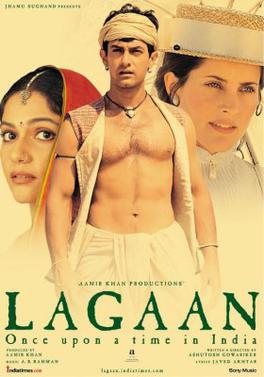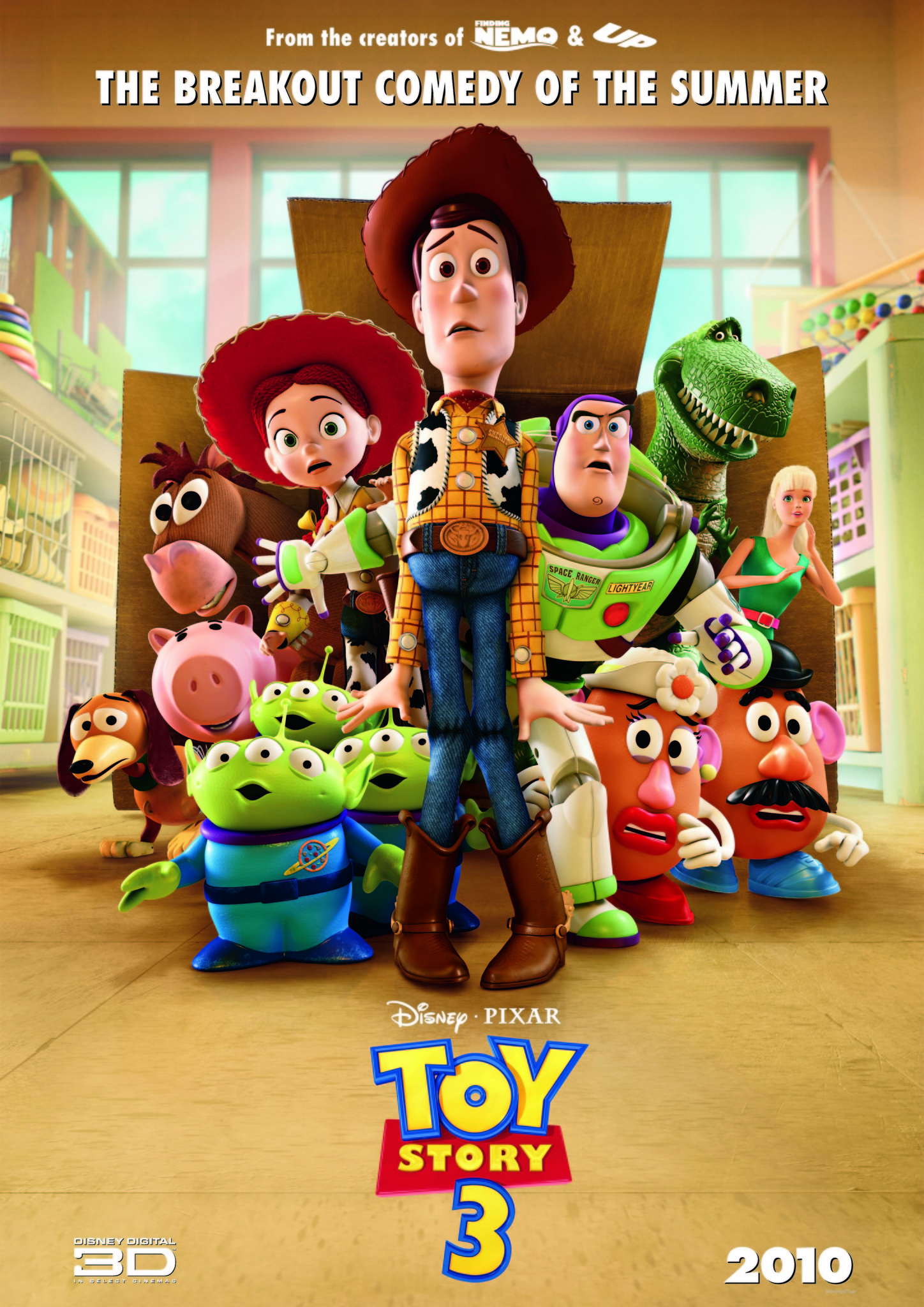“Lagaan: Once Upon a Time in India” is a critically acclaimed Indian film that has achieved iconic status both domestically and internationally. Directed by Ashutosh Gowariker and released in 2001, the film is renowned for its compelling storytelling, rich historical depiction, and its unique blend of sports and social commentary. It stands out as a landmark in Indian cinema, showcasing the country’s cultural diversity, historical struggles, and the universal themes of perseverance and justice. The film’s success not only elevated the careers of its cast and crew but also demonstrated the global appeal of Indian storytelling, making it a significant cultural artifact that continues to resonate with audiences worldwide.
Setting and historical context of Lagaan in colonial India
Set during the late 19th century, “Lagaan” takes place in a small village in colonial India under British rule. This period was marked by economic exploitation, cultural suppression, and social upheaval. The British authorities imposed oppressive taxes on Indian farmers, compelling them to pay “lagaan,” a tax on agricultural produce, regardless of crop yields or harvest success. The film vividly portrays the villagers’ hardships, their resilience amidst colonial dominance, and their collective struggle against economic and social injustice. The colonial backdrop provides a stark context for the narrative, emphasizing themes of oppression, resistance, and the quest for dignity in a time when Indian society was under foreign control, setting the stage for a story of rebellion and hope.
Plot summary: The story of cricket and resistance in Lagaan
“Lagaan” tells the story of Bhuvan, a humble villager who leads his community in a daring challenge against the British colonial authorities. When the British officer proposes a high tax hike, the villagers, burdened by poverty and despair, are pushed to the brink. In a bold move, they accept a cricket match against the British team, with the condition that if they win, the tax for three years will be waived; if they lose, they must pay triple the original tax. What begins as a desperate gamble evolves into a symbol of unity and resistance. The villagers, initially unfamiliar with cricket, learn the game through determination, teamwork, and ingenuity. The match becomes a metaphor for their fight against oppression, culminating in a dramatic victory that inspires hope and collective pride.
Main characters and their roles in the film’s narrative
The film features a diverse cast of characters, each contributing to the narrative’s depth and emotional resonance. Bhuvan, played by Aamir Khan, is the protagonist whose leadership and courage drive the story forward. He embodies resilience and the spirit of resistance. Guran, played by Rajesh Vivek, is the wise village elder who provides guidance and moral support. Elizabeth Russell, portrayed by Rachel Shelley, is a British teacher who becomes an ally to the villagers, symbolizing cross-cultural understanding. Other key characters include Goli, a talented but initially reluctant cricketer; Kachra, a marginalized villager with a deformity who finds redemption; and the British officer Captain Russell, who embodies colonial authority. Each character’s personal journey intertwines with the larger narrative of collective defiance, hope, and cultural pride.
Artistic direction and visual style of Lagaan’s cinematography
“Lagaan” is celebrated for its authentic and vibrant visual style that vividly captures rural Indian life and the colonial era. The cinematography, led by Anil Mehta, employs warm tones and natural lighting to evoke the rustic charm of the village setting. Wide shots of expansive fields, bustling village markets, and lively celebrations create an immersive atmosphere. The film also emphasizes detailed costume design and set decoration to authentically depict the period. Action sequences, especially the cricket matches, are choreographed with clarity and energy, blending traditional Indian aesthetics with the sport’s dynamics. The visual storytelling enhances the emotional impact of the narrative, emphasizing themes of unity, resilience, and cultural identity, while also providing a visually appealing experience for viewers.
Music and soundtrack: Enhancing the storytelling experience
The soundtrack of “Lagaan,” composed by A.R. Rahman, plays a crucial role in elevating the film’s emotional and narrative depth. The music combines Indian folk traditions with contemporary melodies, creating a rich auditory landscape. Songs like “Mitwa” and “Chale Chalo” energize key moments, fostering a sense of unity and hope among the characters. The soundtrack also features soulful melodies that reflect the villagers’ struggles and aspirations. Background scores effectively heighten suspense during the cricket matches and emotional scenes, immersing viewers in the characters’ journeys. Overall, the music enhances the storytelling by reinforcing themes of perseverance, cultural pride, and collective effort, making “Lagaan” a memorable musical experience.
Themes and messages conveyed through Lagaan’s storyline
“Lagaan” explores themes of resistance, unity, and social justice within its narrative. It highlights how collective effort and determination can overcome seemingly insurmountable odds. The film underscores the importance of cultural pride and the strength found in community solidarity, especially in the face of colonial exploitation. It also addresses issues of social hierarchy and marginalization, as characters like Kachra and Goli symbolize societal divisions that are challenged through teamwork and perseverance. Additionally, “Lagaan” advocates for hope and resilience, emphasizing that even under oppressive circumstances, courage and unity can lead to victory. Its messages resonate universally, inspiring audiences to stand against injustice and believe in the power of collective action.
Critical reception and awards received by Lagaan worldwide
“Lagaan” received widespread critical acclaim for its storytelling, performances, and technical excellence. It was nominated for the Academy Award for Best Foreign Language Film, making it the first Indian film to achieve this honor, which significantly elevated its international profile. Critics praised Aamir Khan’s charismatic performance and Gowariker’s direction for blending historical detail with engaging sports drama. The film also garnered numerous awards in India, including several Filmfare and National Film Awards, recognizing its screenplay, music, and technical achievements. Its success at international film festivals further cemented its reputation as a milestone in Indian cinema. The film’s reception underscored its universal appeal and its significance as a culturally meaningful and artistically accomplished work.
Impact and legacy of Lagaan on Indian cinema and beyond
“Lagaan” has had a lasting impact on Indian cinema, inspiring filmmakers to explore diverse genres and socially relevant themes. Its international recognition helped elevate Indian films on the global stage, demonstrating that Indian storytelling could resonate with worldwide audiences. The film’s portrayal of rural life, history, and sports has influenced subsequent films to adopt more authentic and culturally rooted narratives. It also revitalized interest in sports-themed movies within Indian cinema. Beyond its cinematic influence, “Lagaan” has become a cultural touchstone, often referenced in discussions about colonial history, national identity, and social justice. Its enduring legacy lies in its ability to entertain, educate, and inspire, making it a timeless classic that continues to inspire new generations of filmmakers and viewers.
“Lagaan: Once Upon a Time in India” remains a monumental achievement in Indian cinema, celebrated for its compelling storytelling, cultural richness, and universal themes. Its depiction of resistance through the lens of cricket, set against the backdrop of colonial oppression, offers a powerful narrative of hope, unity, and perseverance. The film’s artistic craftsmanship, memorable music, and impactful messages have secured its place in the annals of world cinema. As it continues to inspire audiences around the globe, “Lagaan” endures as a testament to the enduring power of storytelling to bridge cultures and invoke collective pride. Its legacy as a cinematic masterpiece ensures that it will be remembered and cherished for generations to come.



